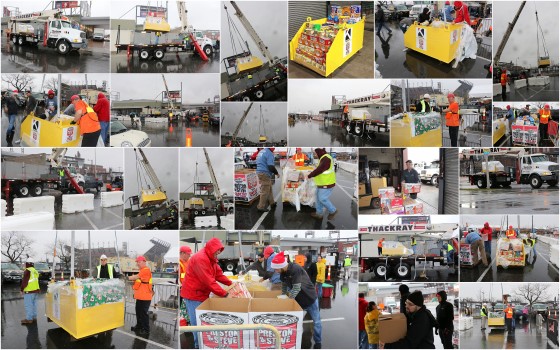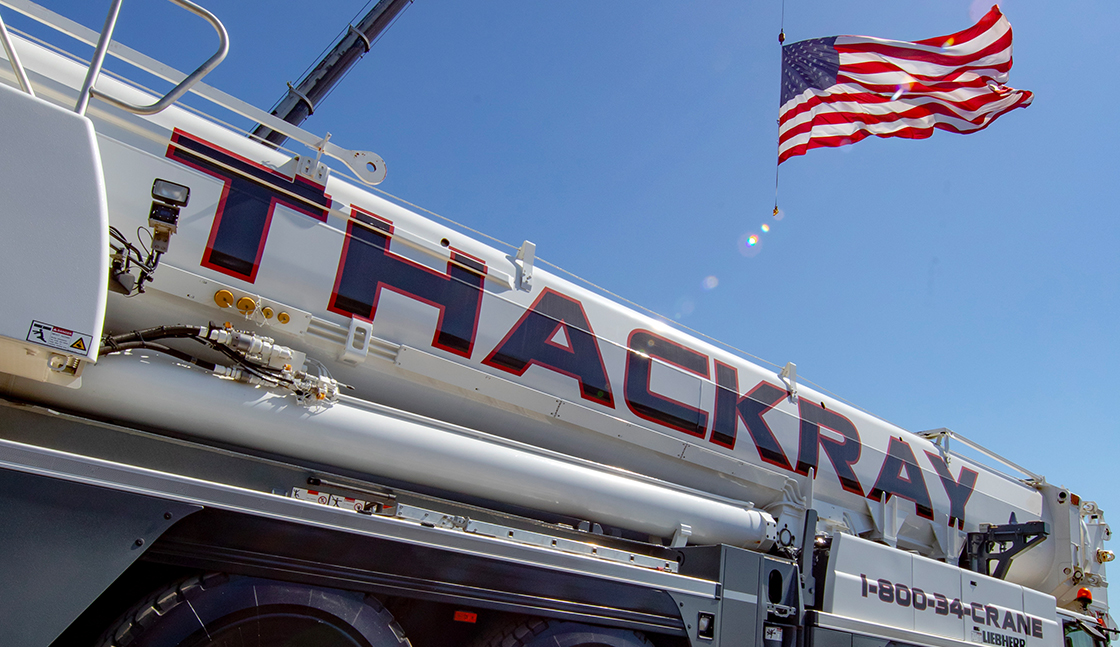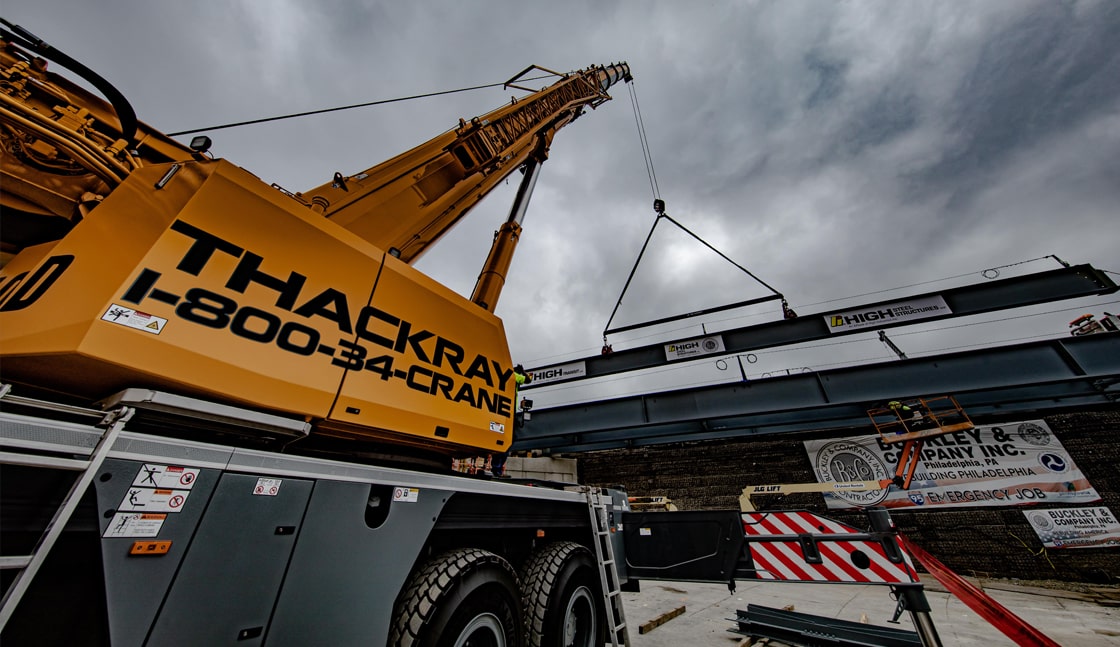Tips For Protecting and Storing Your Rebar
A reinforcing bar, commonly known as rebar, provides strength and stability to concrete structures. While concrete is extremely strong, it can lose its integrity under tension stresses and lead to cracking and spalling, which occurs when the material starts flaking and breaking away. Rebar helps prevent concrete structures from premature cracking and flaking by absorbing and distributing the stress. However, common rebar is manufactured from unfinished tempered steel and is susceptible to rusting.
Using rusted rebar isn’t allowed when constructing a concrete structure and would result in your company’s work being turned down by the building inspector, unless the rust is removed. This is an obvious problem for anyone working with rebar, so it is paramount that your materials remain clean and rust free.
Rebar manufacturers produce various grades of rebar for use in different environments. For instance, in areas with highly corrosive atmospheres, such as the coastal areas we serve, a manufacturer can supply Type 2205 stainless steel rebar, which has a higher resistance to corrosion. Uncoated, corrosion-resistant, epoxy coated and galvanized rebars may also be employed in these situations.
No matter the type of rebar you choose to invest in for your projects, storing it properly is still essential, and we have compiled the following tips to help you do just that.
• Put the rebar on top of a raised non-metallic platform, such as wooden pallets. Both the ground and concrete areas absorb moisture and can lead to rusting.
• Cover the rebar with a thick protective tarp and secure it with cinder blocks (or something similarly heavy) at the corners and edges. You want to minimize the rebar’s exposure to the elements.
• If using galvanized rebar, avoid contact with uncoated rebar and excessive exposure to wooden materials, which can stain its surface. We recommend using another type of non-metallic platform.
• If using stainless steel rebar, avoid contact with carbon steel rebar or other ferrous (iron) materials. If this is unavoidable, make sure the stainless steel rebar is placed on the top of the other materials.
When it’s time to call it a day and head home, the best way to prevent corrosion is to take the rebar indoors. While we know that this is often easier said than done, it will ensure that your materials are ready for use and that extra time will not be needed to clean it and remove any accumulated rust. Remember that structural building materials not kept in good shape, such as rusted rebar, may not be approved by the building inspector. Furthermore, keep in mind that areas with high humidity and increased chances of rain or snow, such as Pennsylvania, New Jersey, Delaware and Maryland, increase your risks of rust.
If you’re looking for indoor storage solutions, call us at Thackray Crane Rental, Inc. We offer warehouse storage facilities with tractor trailer and railcar accessibility. Our indoor, climate-controlled warehouses are located conveniently throughout our service areas and provide security, video surveillance and 24-hour convenient access. Making the decision even easier for you, we have over 60 years of experience with logistics and transport support services that specialize in delivery synchronization. We will ensure that your materials make it to your job site when you need them, in the condition you need them to be in.
Whether you need storage assistance in MD, PA, NJ or DE, we can help. With our extensive experience and dedication, we can fulfill your needs and keep your materials safe and clean. We also have heavy-industrial outdoor storage yards to store your heavy machinery and semi-trailers.
Trust Thackray and you won’t be disappointed!









